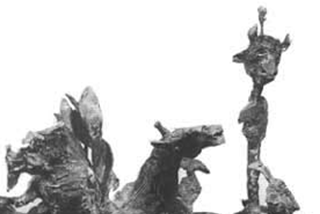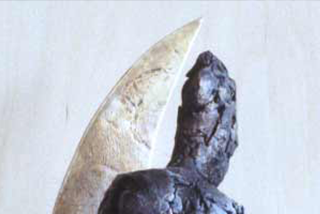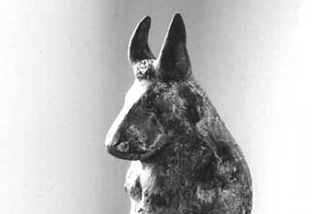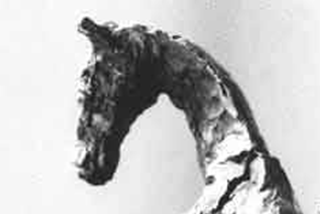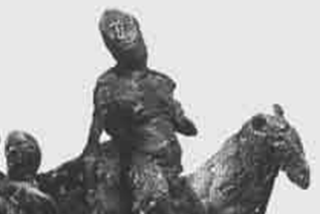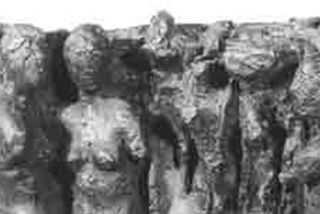
Motive and Object
Joachim Dunkel took up three motifs from the narrative world of ancient mythology: the Troy complex from the judgment of Paris to the battlefield; metamorphosis as a combination of human, animal, and plant forms; the realm of the gods and the dead. He depicted the motifs free of archaeological obligations; the three women of the Paris judgment, for example, are not recognizable as goddesses by any attribute, by any pathos formula of their gestures.
In addition to the apocalyptic horsemen, Dunkel has repeatedly re-circled and re-designed two motifs from biblical tradition: the story of the first human couple and the sacrificial death of Christ on the cross. None of the works in this field was created as a commissioned work. It is explicitly not about an illustration of theological contexts; it is only the momentous, monstrous event that is captured in ever new, multi-figure constellations.
Throughout his life, the sculptor devoted himself with preference to the horse and the unity of horse and rider. His horses never stand in a resting position. Rather, the special aspect of beauty is depicted, which can lie in concentrated, strenuous, laborious movement.


